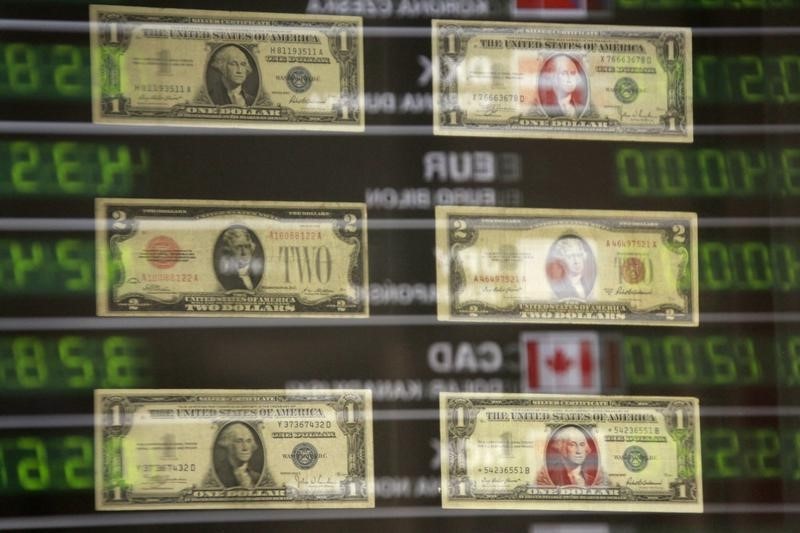* Canadian dollar at C$1.3222, or 75.63 U.S. cents
* Currency touched its strongest since Nov. 6 at C$1.3216
* Bond prices lower across the maturity curve
* 10-year yield touched its highest since Jan. 8 at 1.352
percent
By Fergal Smith
TORONTO, March 11 (Reuters) - The Canadian dollar
strengthened against its U.S. counterpart on Friday, hitting a
four-month high as oil prices rose and risk appetite improved,
while momentum was briefly lost after data showed a second
straight month of Canadian job losses.
The economy unexpectedly shed 2,300 jobs last month, pushing
the unemployment rate to a nearly three-year high due mainly to
a loss of full-time positions, data from Statistics Canada
showed.
The drop in jobs is a reason for the Bank of Canada to
"remain cautious," according to Paul Ferley, assistant chief
economist at Royal Bank of Canada.
"I think they (the Bank of Canada) remain on the sidelines
and just continue to monitor the data with the hope that
external strength starts translating into more job growth and
offsets the weakness in the energy sector," he added.
The implied probability of a rate cut by mid-year was
unchanged from before the data at 26 percent. It has sunk from
around 60 percent a little more than two weeks ago. BOCWATCH
Oil prices rose after an optimistic report from the
International Energy Agency that said the crude market may have
reached its bottom. O/R
U.S. crude CLc1 prices were up 2.72 percent to $38.87 a
barrel.
Financial markets started to focus on what they saw as the
positive features of the European Central Bank's policy package
revealed on Thursday.
At 9:54 a.m. EST (1454 GMT), the Canadian dollar CAD=D4
was trading at C$1.3222 to the greenback, or 75.63 U.S. cents,
stronger than Thursday's official close of C$1.3346, or 74.93
U.S. cents.
The currency's weakest level was C$1.3350, while it touched
its strongest since Nov. 6 at C$1.3216.
In other domestic data, the ratio of household credit market
debt to income rose to a record 165.4 percent in the final
quarter of last year from an upward-revised 164.5 percent in the
third quarter. It was the third quarter in a row the measure has
increased.
Canadian government bond prices were lower across the
maturity curve, with the two-year CA2YT=RR price down 2
Canadian cents to yield 0.576 percent and the benchmark 10-year
CA10YT=RR falling 42 Canadian cents to yield 1.347 percent.
The 10-year yield touched its highest since Jan. 8 at 1.352
percent.
The curve steepened, as the spread between the 2-year and
10-year yields widened by 3.7 basis points to 77.1 basis points,
indicating underperformance for longer-dated maturities.
